3 key insights about conversational products, API World 2017

Sendbird attended API World 2017 last week, and this article summarizes some of the key insights we learned in preparation for the conference. Here are 3 of the most important factors to consider when preparing a conversational product:
- The context of the conversation
- The core experience of your mobile or web application
- The user experience that delivers chat
Thinking through these 3 factors will get you a long way toward great conversations in your web, Connected Device, Android, and iOS apps! Read below for more details.
Reflecting on API World 2017
API World 2017 is behind us and Sendbird is naturally reflecting on its recent experience. It was an amazing conference and it demonstrated that the SaaS and API industry is bustling and booming, that it’s filled with innovative companies both large and small. To everyone, thank you for a great experience.
It was surprising to learn that Sendbird was better known than I imagined. During the first night’s happy-hour, for example, someone said to me, “My boss is crazy about you guys. He tried to build a chat before and he wants me to build chat with your API.” Others came to our booth, exclaiming that they knew us from the hackathon. But surely they meant someone else. We didn’t participate! But lo and behold someone else had used our SDK to build chat for the competition. Imagine our excitement!
This conference gave us vital feedback, too. We love to hear firsthand from our customers. We discovered that not everyone is familiar with chat API, how it can look, or what to expect from it. For that, I’ll refer readers to this page. It gives a short definition of “chat API” and tells you what to expect from your SaaS provider. And then here’s another blog post written by Yaekyum that will give you a sense of our use cases, even though we accomplished many new milestones since he wrote the article!
Actually, I secretly wished that I could refer my conversations to a talk given by our CEO, John Kim, because it did an excellent job showcasing our product and answering many questions. He titled it “How to Build a Conversational Product to Boost Engagement and Conversion.” And for good reason: in one case study, Nexon increased user engagement by 50%; in another, TMON generated 130x revenue and 21% conversion within an hour (the slide incorrectly states 13x, but the article source is here)!
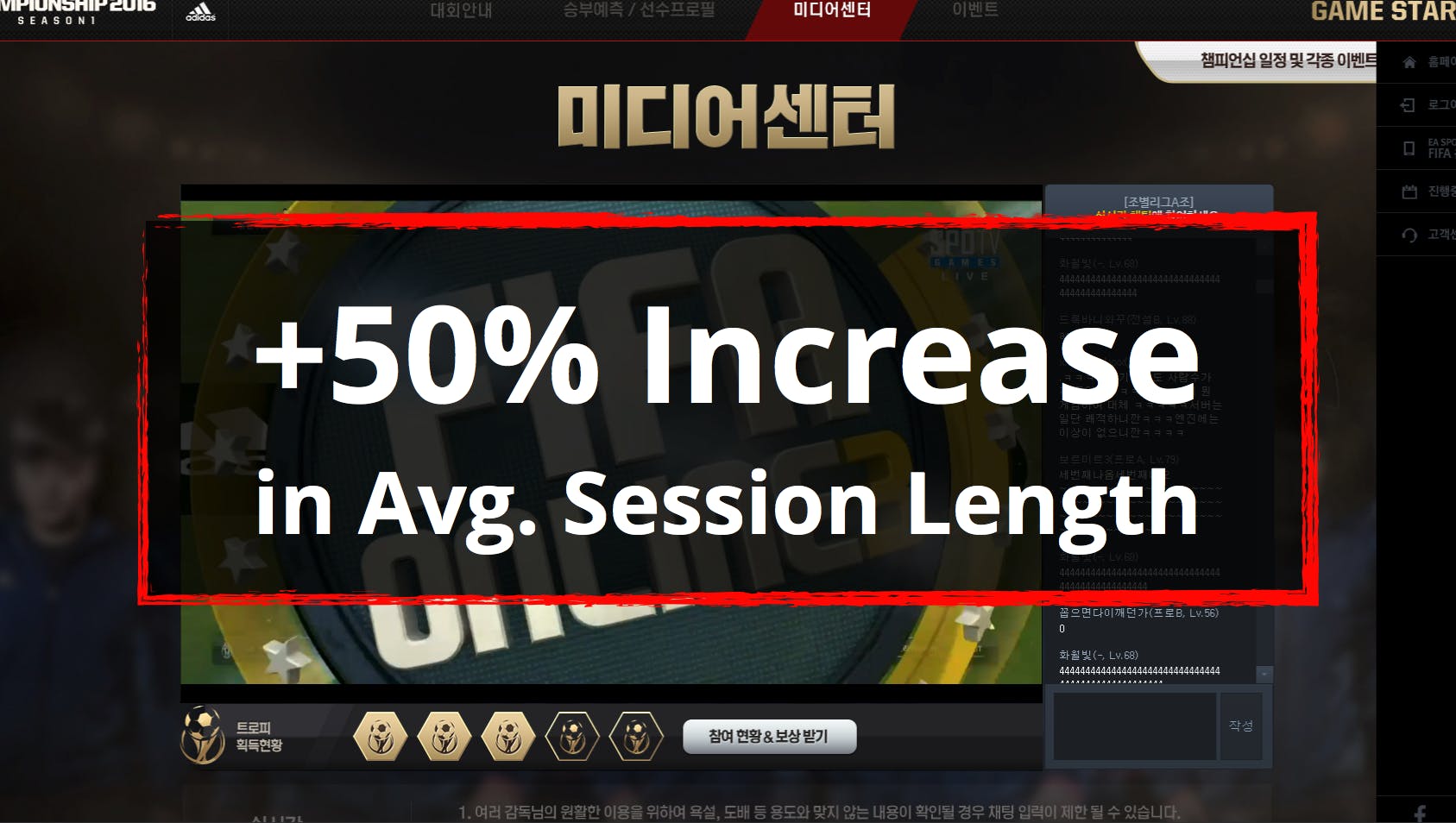
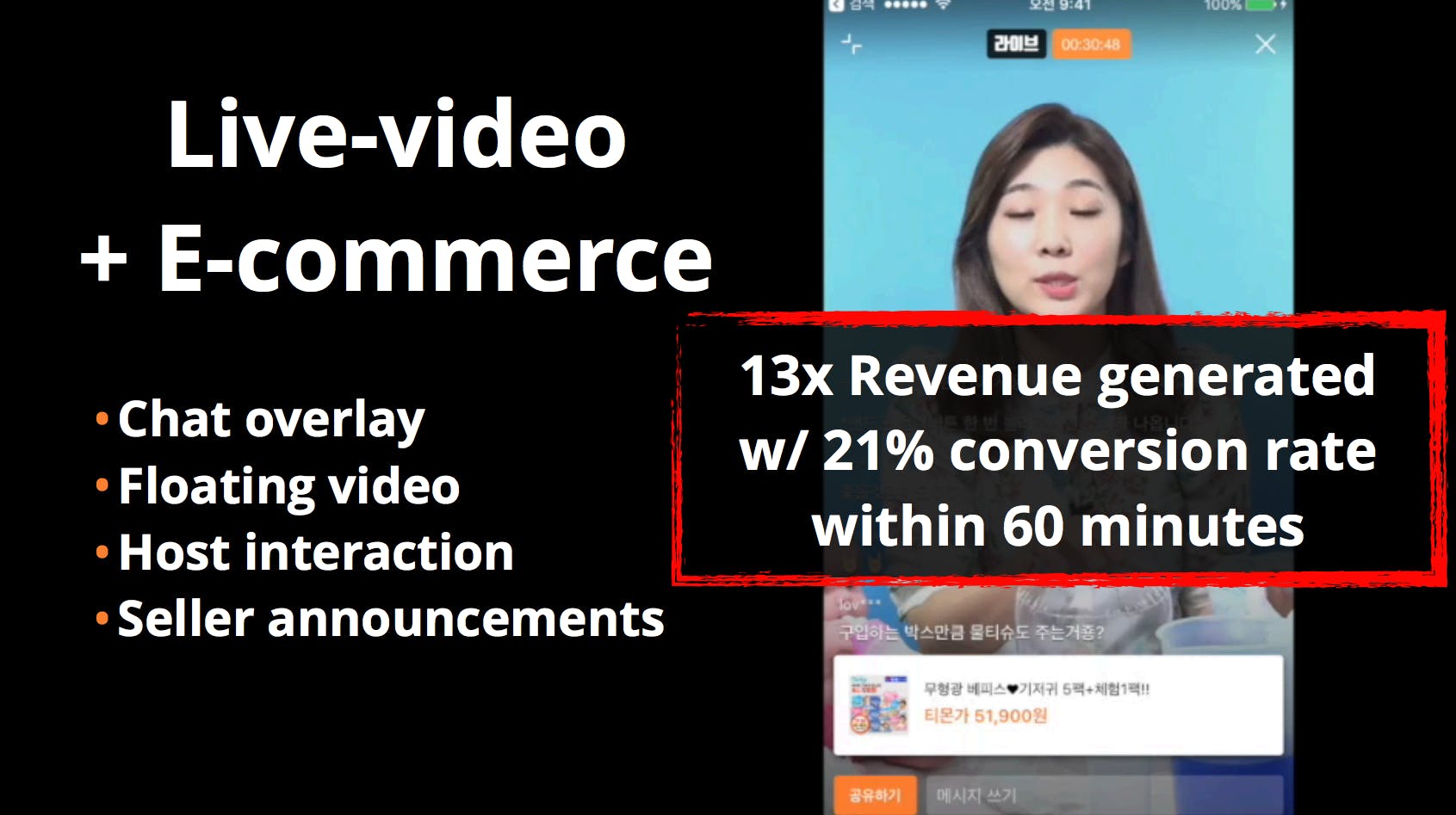
So the rest of this post is dedicated to John’s talk. If you missed out, now’s your opportunity to catch up with chat API!
Sendbird at API World 2017 from Alek Jeziorek
“How to Build a Conversational Product to Boost Engagement and Conversion.”
If you check out the presentation, you’ll see great visual examples of how Sendbird customized its chat API for previous customers. Hopefully, it gives you some quick inspiration for the use-case in your mobile or web application.
In this post, however, I want to highlight one of the presentation’s main insights. John spent a good deal of time delivering the key considerations for a conversational product. This was the most exciting part of the talk for me. If you’re a product manager, in other words, what should you consider when integrating a chat API into your application?
Here are 3 key considerations:
- The context of the conversation
- The core experience of your mobile or web application
- The user experience that delivers chat

Elevate in-app engagement eBook
Context of the conversation
Before you jump into a conversation, you want to have as much context as possible. Who is your target audience? What do they gain by talking to you? By fixing these basic ideas, your team can quickly imagine the context for conversations in your mobile or web application.
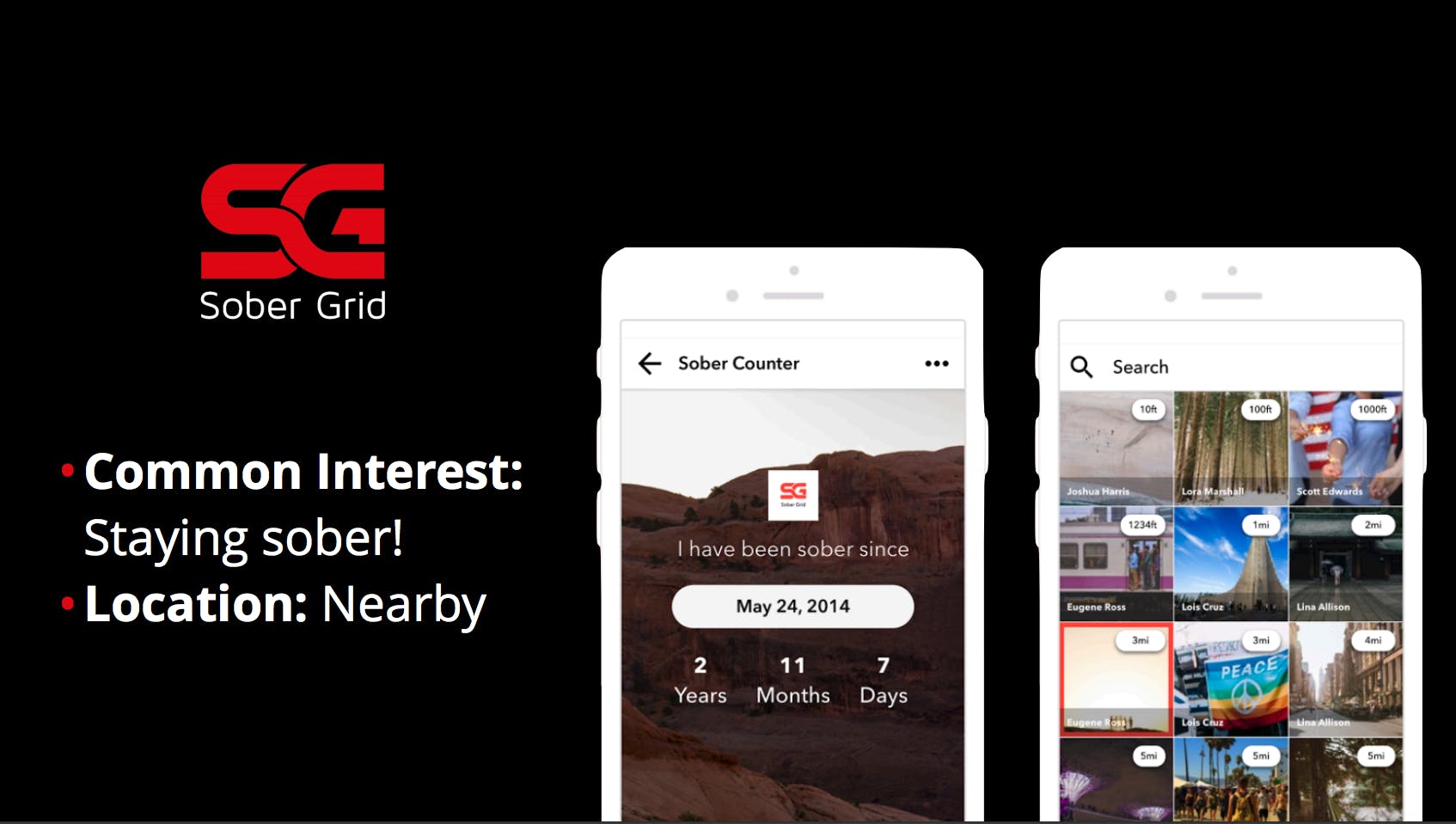
There are two main questions you should answer when you consider chat:
- Who are we talking to and what do they share in common?
- As much as we would like to talk to everyone, our product helps certain groups better than others. Who are those people?
- John’s examples are SoberGrid and MS by healthline. These are great examples of a segmented audience, who uses these apps for support. SoberGrid, for example, helps connect users to others nearby so each user can directly others in their location.
- Why should we facilitate this conversation?
- The “why” is clear here. Addiction and MS are diseases that are not easy to tackle alone. These apps help facilitate conversation to connect people and develop support networks among specific groups of people who may benefit from them.
After answering these questions, you’ll have a robust context to begin the conversations that you’ll soon be having with your customers.
The core experience
What is the core experience of your application? Is the main experience sharing content? Sending and receiving money? Requesting a service? These are all examples of core experiences in various mobile or web apps. Once you articulate the core experience, how can conversation help your core experience?
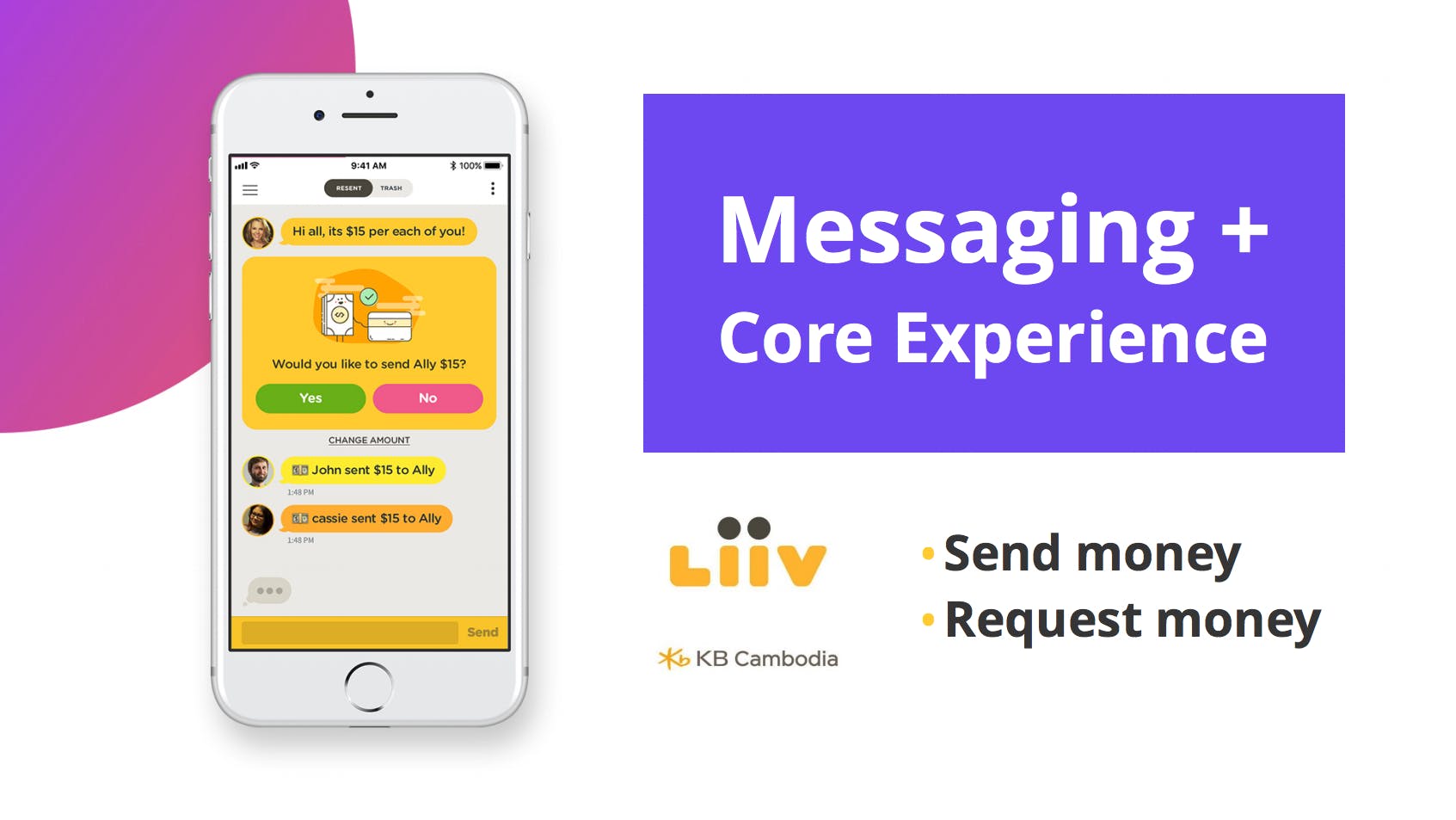
Here are two questions intended to supplement your core experience:
- What can I send besides text?
- Money? Or customer support? Video? Key communications? Consumer goods? Determine these ahead of time and measure them against messaging. Can they be sent through a chat or message
- What makes the experience unique to your app?
- Messaging and chat are perfect for direct exchanges. If we abstract messaging into any kind of exchange between 2 parties, then we can see how it fits buying and selling, withdrawing and depositing money, asking about a product and receiving advice or a coupon. Messaging can make these exchanges possible in your app.
Once you make messaging or chat a part of your exchange, then you’ve created a virtuous loop between messaging and your core experience!
User experience
If users encounter friction when sending a message or returning to a conversation, then your chat experience will not live to its true value-adding potential. This seems intuitive, right? Here are a couple key questions you and your user experience designers and writers should consider for your product:
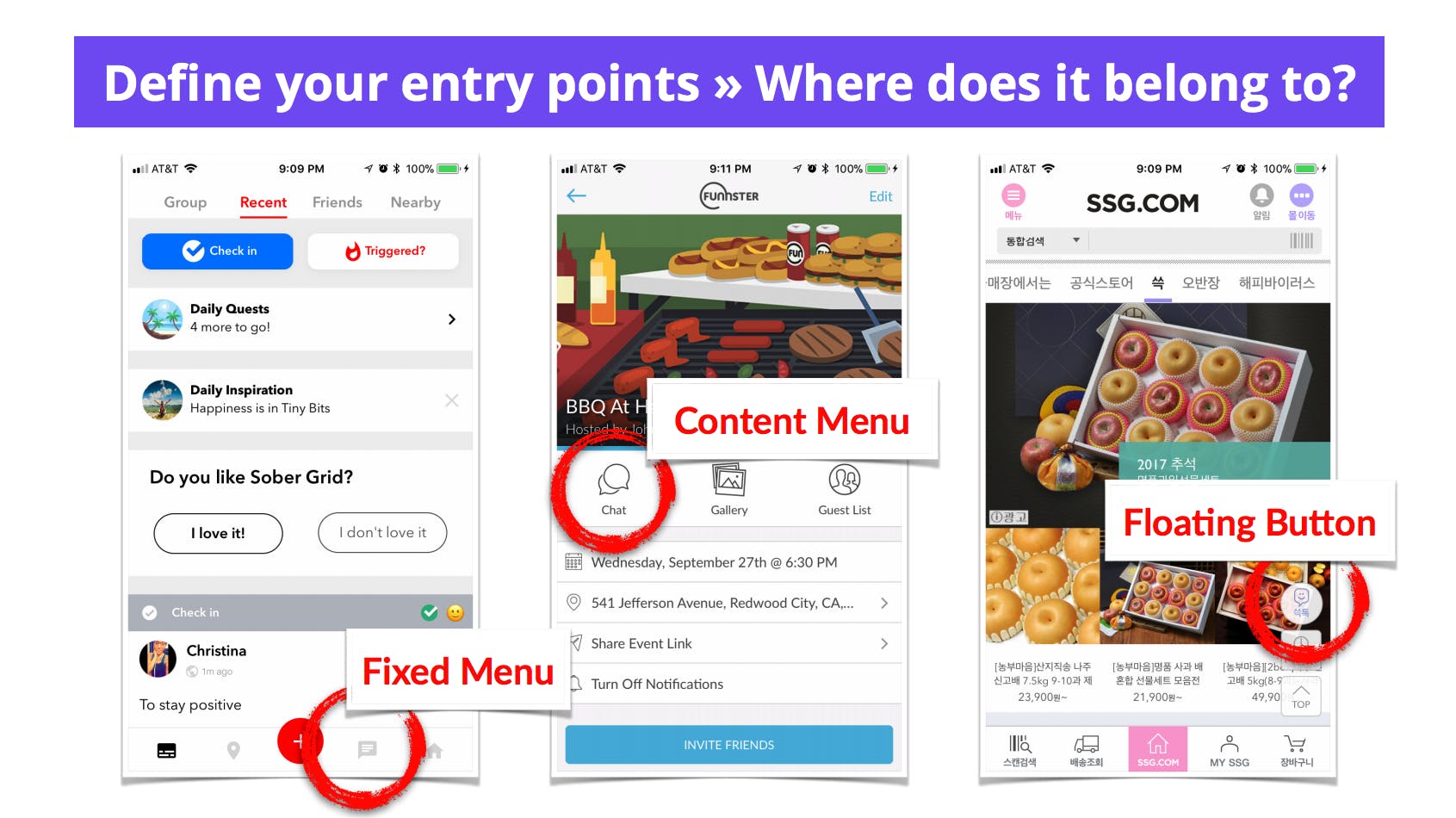
- How do I start chatting?
- Does the location of your chat button complement the function of your app? Is communication a key feature? Try a fixed menu button. Is communication dependent on certain content? Attach the button to a content menu. Customer service must be a click away? Try a floating button.
- How do I return to chatting?
- Push notifications
- According to internal research conducted in 2014, push notifications pull users back into the app when they are about the user or sent from a friend. How can you use social communication to draw users back into your app?
- Push notifications
All the answers to these questions should be the first step to remove friction between the user and their path to chatting or messaging.
Conclusion
We saw first-hand the amount of work necessary to make this conference a success. And we’d like to thank the API World team for organizing and all the attendees for their vibrant participation. See you next year!










